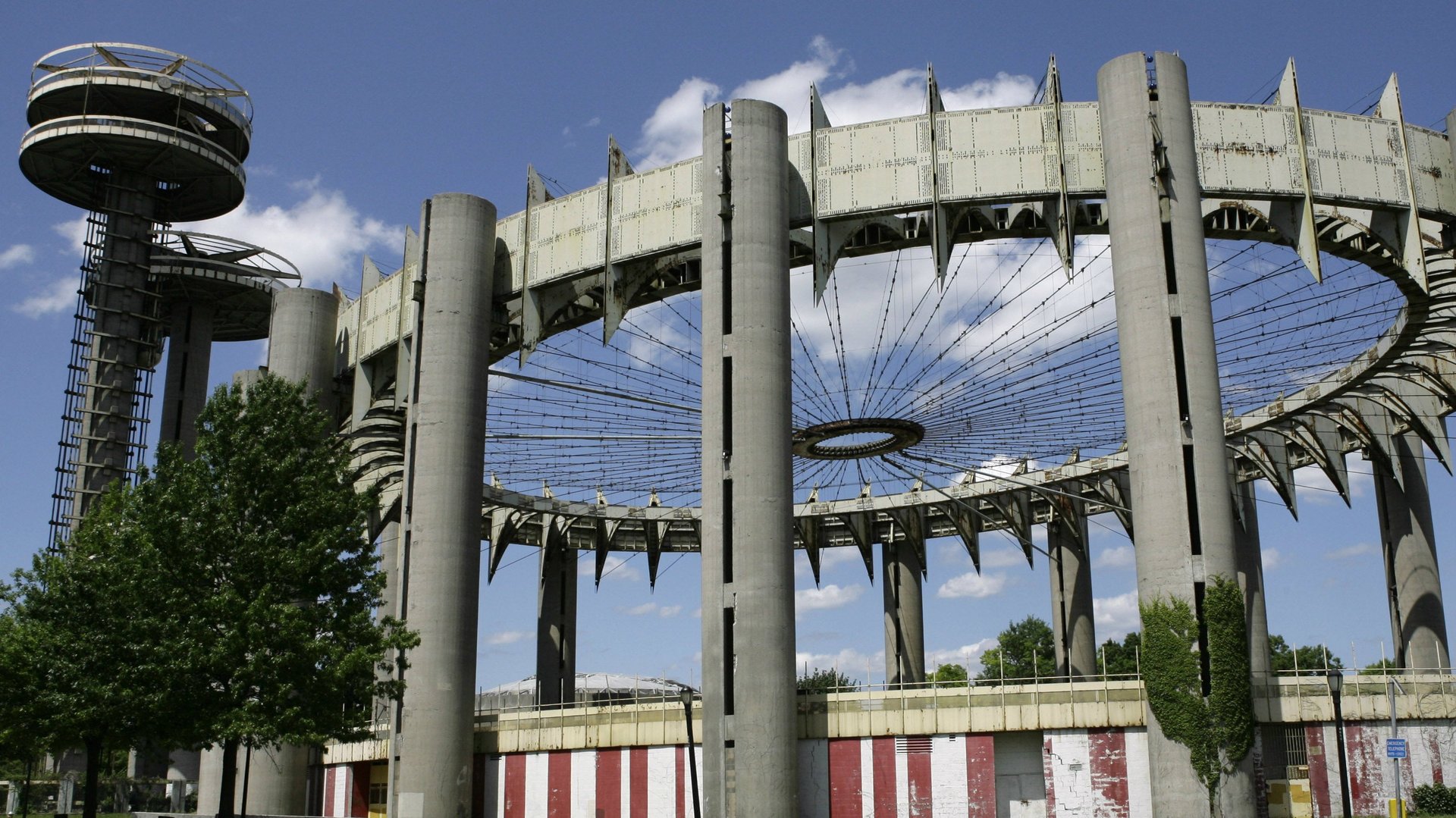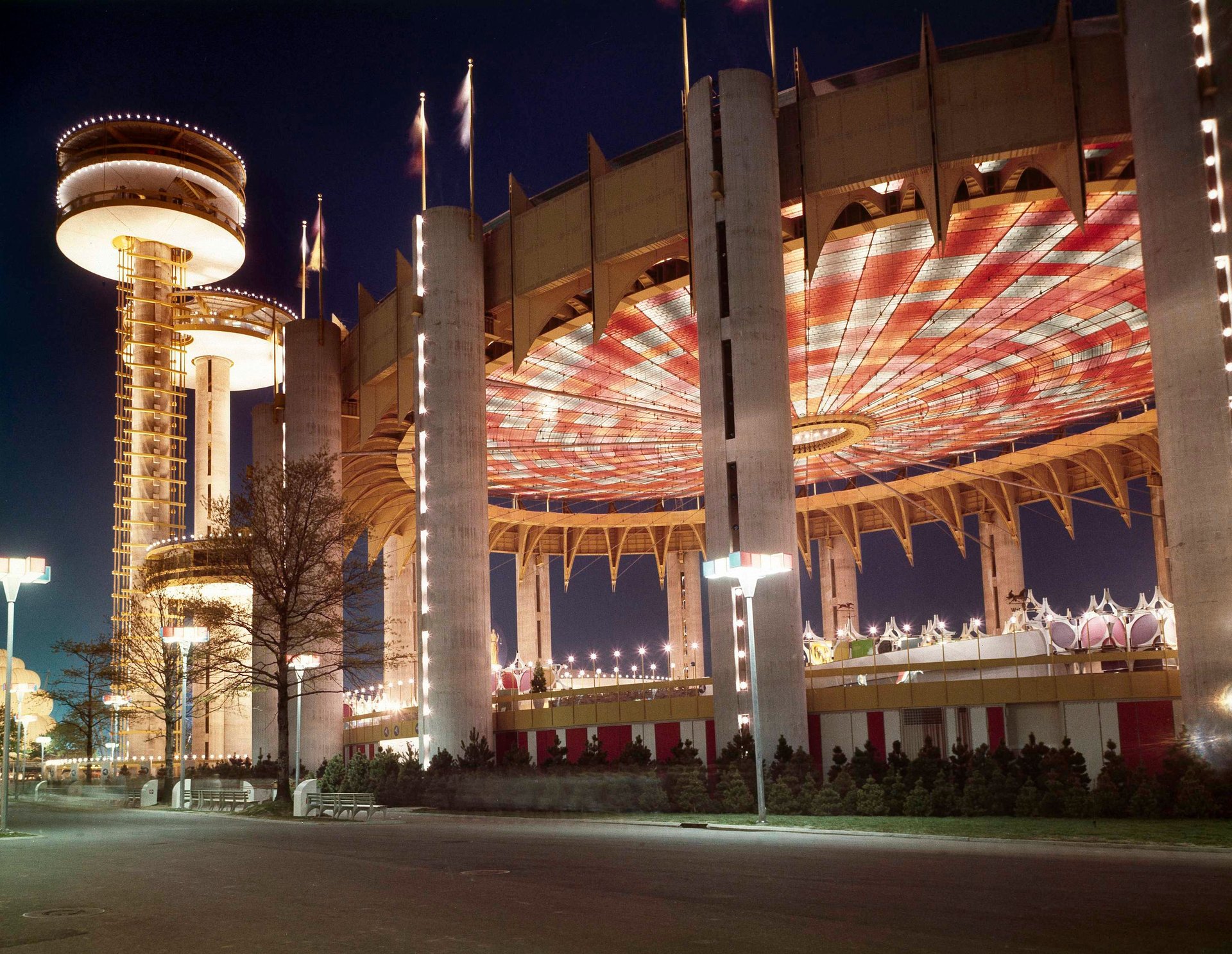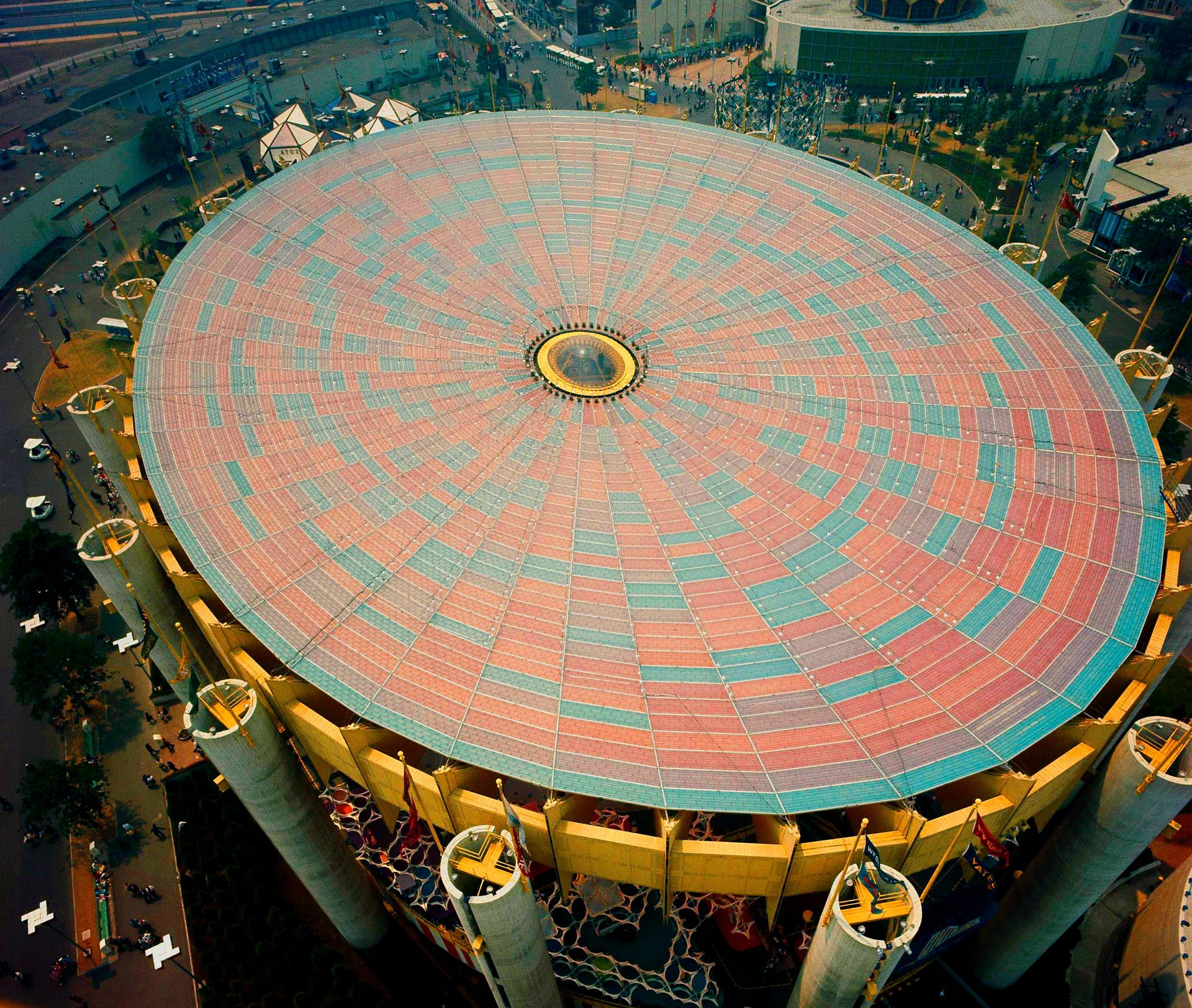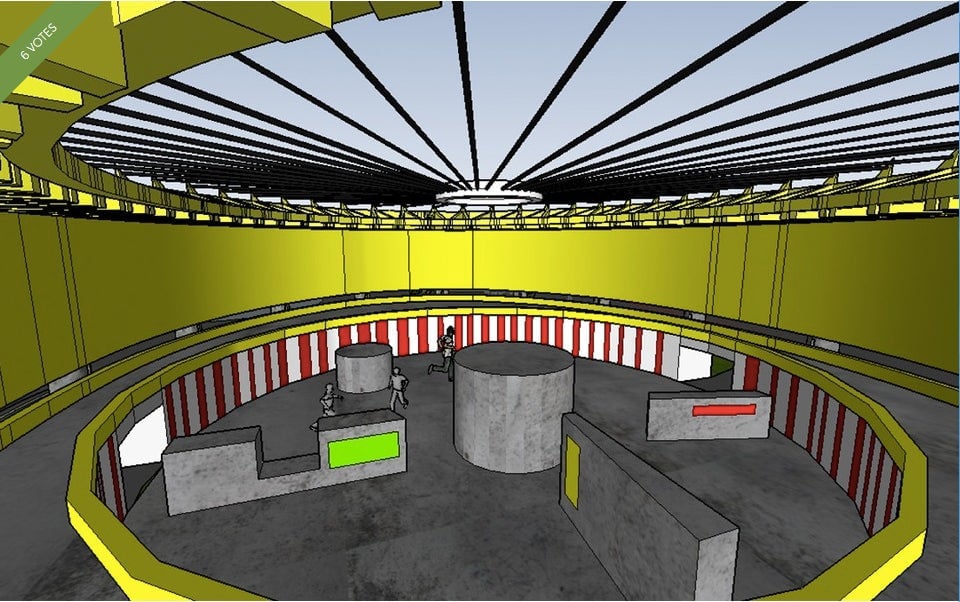In the middle of Queens, New York, a relic of 1960s architecture awaits a revival
What would you do with a colossal, space-age themed pavilion and three towers?


What would you do with a colossal, space-age themed pavilion and three towers?
The US National Trust for Historic Preservation has launched an international ideas competition seeking the best concepts for reviving just such a structure, an architectural marvel that welcomed millions of visitors to the 1964–65 World’s Fair in Queens, New York, and has since suffered decades of neglect.
The winning idea won’t necessarily be put into action—but it will earn a cash prize, become part of a museum exhibit, and help the preservation trust draw attention to one of New York’s most unusual landmarks.
Then-governor Nelson Rockefeller commissioned architect Philip Johnson to imagine a structure worthy of the fair’s futuristic theme, and of the Empire state’s grand ambitions, to serve as the state of New York’s pavilion at the event. The legendary modernist architect delivered a design for the largest and tallest structure in the fairgrounds.

The structure included a public plaza hoisted by 100-foot-tall cement pillars and crowned with a spectacular canopy made with colorful fiberglass panes, which created the effect of a stained-glass window hovering above. Complementing the spectacle overhead was a 22,000-square-foot terrazzo tile floor featuring a turn-by-turn map of New York state. “The Tent of Tomorrow,” as it was called, is flanked by three soaring “Astro-View” observation towers with a glass-bubble elevator for shuttling visitors to the apex, 226 feet from the ground.
Johnson’s creation was a standout at the fair, where it was hailed as among the event’s few architectural triumphs, amid a collection of 1960s “weird architecture” and bland, box-like buildings. The critic Ada Louise Huxtable called it “a sophisticated frivolity” and “a carnival of class,” as portrayed in the revelatory 2015 documentary Modern Ruin: A World’s Fair Pavilion.

But soon after the fair closed in October 1965, the structure, along with the rest of the fairgrounds, quickly deteriorated. After the roof was taken down in the 1970s, the glorious floor was ruined and vandals took over the abandoned space.
While digital recreations of the structure had cameo appearances in movies like 1997’s Men in Black and 2010’s Iron Man 2, the state could not find a viable use for Johnson’s architecture.
This footage shot with a drone shows the state of the pavilion two years ago.
The World Monuments Fund listed the crumbling pavilion among the 100 most endangered sites in 2007, and the US National Park Service listed it as a national historical landmark in 2009.
Resurrecting a relic
Since the marking of its 50th anniversary in 2014, there has been a great swell of interest in reviving the abandoned relic from the Mad Men era. Funded by a successful Kickstarter campaign, the University of Florida and Cyark embarked on creating a digital, 3D archive of the entire pavilion using high-precision laser scanners. Last May, a team of volunteers from three New York unions repainted the top ring of the humongous tent and restored its original “American Cheese Yellow” color. Working pro-bono over a three-month period, the team of professional painters gave the structure a fresh coat of paint in time for last year’s US Open Tennis tournament, which is held nearby.
Any designer, engineer, urban planner, or dreamer in the world over the age of 13 can enter the National Trust for Historic Preservation’s contest with an idea for repurposing the space. Submissions thus far include plans for a hotel, a community gym, a laser tag arena, and, as an homage to the structure’s original use, a performance space.
Jason Clement, the National Trust For Historic Preservation’s community outreach director, tells Quartz that the contest will culminate in a public exhibit at the Queens Museum in August. The ideas competition is open until July 1.
